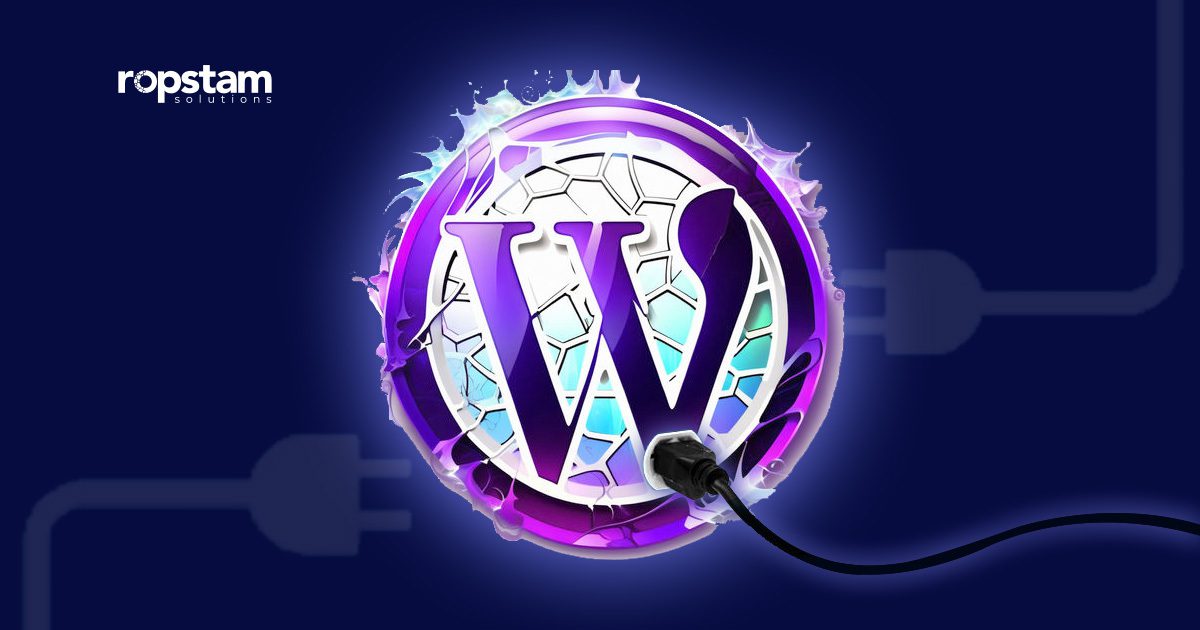Driving consistent organic traffic to a Shopify store requires a well-structured SEO strategy. While paid advertising can deliver short-term results, a technically optimized Shopify store ensures long-term visibility, higher search rankings, and sustainable revenue growth. Unlike traditional websites, Shopify stores have unique SEO challenges—such as duplicate product pages, thin content, and dynamic URL structures—that must be addressed to maximize search engine performance.
Understanding the Basics of Shopify SEO
Shopify SEO focuses on optimizing on-page and technical elements to boost organic visibility. As a closed system, it requires specific workarounds for custom SEO, but features like automatic sitemap generation and mobile responsiveness provide a strong foundation.
To succeed with Shopify SEO, prioritize keyword strategy, technical optimizations, and content quality. Effective keyword targeting helps search engines understand your products, while good site architecture and fast load times are crucial for rankings. A comprehensive strategy ensures all elements work together for maximum organic reach.
Keyword Research and Strategy
Keyword research is essential for effective SEO, especially for Shopify stores. To attract qualified traffic, focus on high-intent commercial keywords like “buy wireless headphones” or “best running shoes for flat feet.” Use tools such as Ahrefs, SEMrush, and Google Keyword Planner to find search volume, competition, and long-tail keyword variations that enhance conversions.
Once you’ve identified your target keywords, integrate them into key on-page elements: product titles, meta descriptions, headers (H1, H2), and image alt text. However, avoid over-optimization to prevent triggering spam filters; ensure a natural flow. Understand your audience’s search intent—whether they seek information, are ready to buy, or want to compare options.
Optimizing Your Shopify Store Structure
A well-organized site structure enhances user experience and search engine crawlability. Shopify’s default URL structure is generally clean, but customizations may be necessary to avoid duplicate content issues—especially with product variants. For example, instead of allowing /products/product-name?variant=123, a canonical tag should be implemented to consolidate indexing signals to the main product URL.
Navigation should follow a logical hierarchy, with clear category and subcategory pages that help users and search engines understand the store’s layout. Internal linking plays a crucial role here; linking related products and blog posts improves crawl depth and distributes link equity across the site. Breadcrumb navigation should also be enabled to enhance UX and provide search engines with additional context.
On-Page SEO for Shopify
Optimize product pages for better eCommerce conversions and SEO. Use concise, descriptive titles that include the primary keyword and key features (e.g., “Organic Cotton T-Shirt – Unisex, Eco-Friendly”). Write detailed descriptions (300+ words) addressing pain points and using secondary keywords.
Optimize images for speed and search visibility with tools like TinyPNG. Ensure the alt text accurately describes the image (e.g., “men’s black leather wallet with RFID protection”) for better accessibility and relevance. Add customer reviews with Schema markup to build trust and improve the chances of rich snippets in search results.
Product Page Optimization
Product pages are your most valuable SEO assets. Optimize them by:
Crafting compelling, keyword-rich titles (under 60 characters)
Writing detailed, unique descriptions (300+ words) that address customer pain points
Using high-quality images with descriptive alt text
Adding customer reviews (preferably with Schema markup)
Including FAQ sections with structured data
Metadata Optimization
Your meta titles and descriptions serve as your store’s “ad copy” in search results. Keep titles under 60 characters and descriptions under 160, incorporating primary keywords naturally while maintaining readability.
Content Creation
A blog is one of the most effective ways to drive organic traffic to your Shopify store. Create helpful, in-depth content that answers your audience’s questions and naturally links to relevant products. Consider formats like buying guides, how-to articles, and product comparisons to capture different stages of the buyer’s journey.
Technical SEO for Shopify Stores
Technical SEO ensures your Shopify site is crawlable, indexable, and secure. Focus on:
Avoiding duplicate content by managing product variants and canonical tags.
Optimizing your robots.txt and sitemap.xml files.
Using SSL certificates (HTTPS).
Fixing broken links and ensuring all redirects are 301, not 302.
Ensuring consistent URL structures and avoiding trailing slash issues.
Site Speed Optimization
Page speed is a direct ranking factor and greatly influences user experience. A sluggish Shopify site can lead to high bounce rates and lost conversions. Enhancing speed involves compressing images before upload, choosing a theme optimized for performance, and removing unnecessary apps or scripts that slow down loading times. Implementing lazy loading and leveraging browser caching reduces superfluous data transfers.
A CDN ensures that users across various regions experience minimal delays. Regular performance audits with tools like Google PageSpeed Insights and GTmetrix can help identify and resolve bottlenecks effectively.
Mobile Optimization
To optimize for mobile-first indexing, ensure your Shopify themes are fully responsive and adapt seamlessly to different screen sizes. All on-page elements, including buttons and links, should be easily used on smaller screens. Keep pop-ups minimal to avoid blocking main content.
To reduce mobile load times, minimize HTTP requests, use lightweight code, and limit resource-heavy features. Test your site with Google’s Mobile-Friendly Test and real device previews for the best mobile visitor experience.
Structured Data Implementation
Structured data helps search engines understand the content of your store and display it more effectively through rich results. Implementing schema markup in JSON-LD format allows you to tag product data such as name, price, availability, and review ratings. Using article schema improves the chances of getting featured in search snippets for blog content. The Breadcrumb schema enhances the site’s navigation display in search results, and the local business schema is helpful if your Shopify store also has a physical presence. Validation tools such as Google’s Rich Results Test should be used to confirm that structured data is correctly implemented and error-free.
Submitting Sitemap to Google Search Console
To ensure all your important pages are indexed, Shopify generates a sitemap automatically, which can be found at yourdomain.com/sitemap.xml. This sitemap should be submitted through Google Search Console. Log into your console account, select your verified property, navigate to the “Sitemaps” section, enter “sitemap.xml” in the URL field, and click submit. This helps Google stay informed about your site structure, new pages, and any changes made, ensuring faster and more comprehensive indexing.
Link Building Strategies
High-quality backlinks are key to improving your domain authority and search rankings. Shopify store owners should focus on getting links from reputable sources. Effective strategies include guest posting, collaborating with influencers, submitting to business directories, and engaging in niche forums. Prioritize consistency and quality, as search engines favor relevant and trustworthy links over large volumes.
Internal Linking
Internal linking is a powerful yet often underutilized aspect of SEO. It improves crawlability, distributes link equity, and keeps users engaged longer by guiding them to related content. On Shopify, linking between product pages, collection pages, and blog posts provides contextual relationships that help search engines understand your site hierarchy. Thoughtful internal linking also aids in reducing bounce rates by providing clear navigation paths and encouraging further exploration.
External Backlinking
Earning backlinks from authoritative external websites signals trust and relevance to search engines. This can be achieved by offering unique, shareable content such as industry research, infographics, or product guides that others naturally want to reference. Outreach campaigns targeting bloggers, journalists, and content creators can increase your chances of being mentioned. Quality is more important than quantity, so backlinks from high-authority, niche-relevant domains will yield the best SEO results.
Digital PR Campaigns
Digital PR merges public relations with link-building by using newsworthy content, such as product launches and customer success stories, to gain online coverage. Engaging with journalists through platforms like HARO can lead to valuable mentions and backlinks, enhancing SEO and boosting brand awareness.
Monitoring and Improving Your SEO Performance
SEO is not a one-time task but a continuous process. Monitoring your performance helps identify what is working and what needs adjustment. Regular analysis provides actionable insights that drive improvements over time.
Tracking Metrics
Use tools like Google Analytics and Search Console to monitor organic traffic, bounce rates, session duration, and click-through rates. Evaluate keyword rankings, assess the performance of specific landing pages, and track goal completions related to organic sessions. These data points help determine whether your SEO efforts translate into meaningful user actions and business outcomes.
Competitor Analysis
Understanding your competitors’ SEO strategies offers a blueprint for improvement. Analyze their top-performing content, backlink sources, and keyword targets using Ahrefs, SEMrush, or Moz platforms. Identify content gaps on your site and capitalize on opportunities they may have missed. Benchmarking against competitors enables you to refine your tactics and develop a more targeted and efficient SEO strategy.
Conclusion
To enhance search visibility, Mastering Shopify SEO requires optimizing site speed, mobile experience, structured data, and quality backlinks. Regular monitoring and adapting strategies are crucial for attracting organic traffic and converting visitors into loyal customers. Success depends on consistency, creativity, and understanding user behavior and search algorithms.













